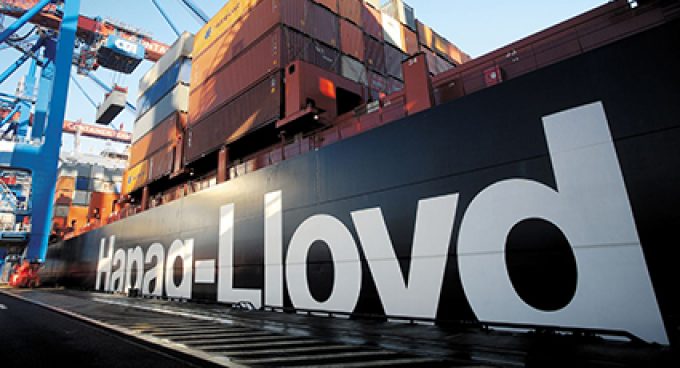UPS to cut 20,000 jobs in network reconfiguration
And so it starts. UPS, while announcing a better-than-expected profit, also enthused investors with its ...

Hapag-Lloyd succeeded in putting “profits over market share” in its third quarter, according to container shipping analyst Lars Jensen.
The carrier posted a net profit of $168m in Q3, achieved from higher average freight rates on flat volume growth.
For the nine-month period, net profit was $333m, which compares with a surplus of just $15m for the same period of last year, and at ebitda level, the nine-month result came in 75% higher than the year before at $1.7bn.
“Clearly its approach to prioritise profitability ...
Maersk u-turn as port congestion increases across Northern Europe
Apple logistics chief Gal Dayan quits to join forwarding group
Maersk Air Cargo sees volumes fall as it aims for 'margin in favour of revenue'
Houthis tell Trump they will end attacks on Red Sea shipping
Transpac rates hold firm as capacity is diverted to Asia-Europe lanes
Airlines slash freighter capacity post-de minimis, but 'the worst is yet to come'
MSC revamps east-west network as alliance strategies on blanking vary
India-Pakistan 'tit-for-tat' cargo ban sparks sudden supply chain shocks

Comment on this article